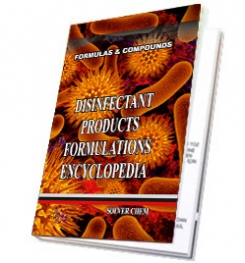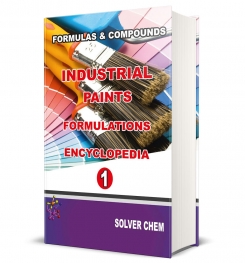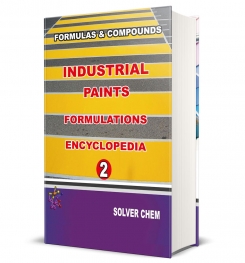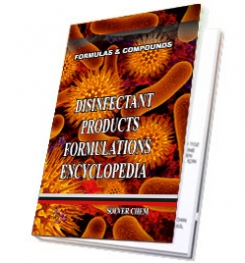The mechanism of action of glutaraldehyde involves a strong association with the outer layers of bacterial cells, specifically with unprotonated amines on the cell surface, possibly representing the reactive sites. Such an effect could explain its inhibitory action on transport and on enzyme systems, where access of substrate to enzyme is prohibited. Partial or entire removal of the cell wall in hypertonic medium, leading to the production of spheroplasts or protoplasts and the subsequent prevention of lysis by glutaraldehyde when these forms are diluted in a hypotonic environment, suggests an additional effect on the inner membrane, a finding substantiated by the fact that the dialdehyde prevents the selective release of some membrane-bound enzymes of Micrococcus lysodeikticus. Glutaraldehyde is more active at alkaline than at acidic pHs. As the external pH is altered from acidic to alkaline, more reactive sites will be formed at the cell surface, leading to a more rapid bactericidal effect. The cross-links thus obtained mean that the cell is then unable to undertake most, if not all, of its essential functions. Glutaraldehyde is also mycobactericidal. Unfortunately, no critical studies have as yet been undertaken to evaluate the nature of this action.
The bacterial spore presents several sites at which interaction with glutaraldehyde is possible, although interaction with a particular site does not necessarily mean that this is associated with spore inactivation. E. coli, S. aureus, and vegetative cells of Bacillus subtilis bind more glutaraldehyde than do resting spores of B. subtilis; uptake of glutaraldehyde is greater during germination and outgrowth than with mature spores but still lower than with vegetative cells. Low concentrations of the dialdehyde (0.1%) inhibit germination, whereas much higher concentrations (2%) are sporicidal. The aldehyde, at both acidic and alkaline pHs, interacts strongly with the outer spore layers; this interaction reduces the release of dipicolinic acid (DPA) from heated spores and the lysis induced by mercaptoethanol (or thioglycolate)-peroxide combinations. Low concentrations of both acidic and alkaline glutaraldehyde increase the surface hydrophobicity of spores, again indicating an effect at the outermost regions of the cell. It has been observed by various authors that the greater sporicidal activity of glutaraldehyde at alkaline pH is not reflected by differences in uptake; however, uptake per se reflects binding and not necessarily penetration into the spore.
It is conceivable that acidic glutaraldehyde interacts with and remains at the cell surface whereas alkaline glutaraldehyde penetrates more deeply into the spore. This contention is at odds with the hypothesis of Bruch, who envisaged the acidic form penetrating the coat and reacting with the cortex while the alkaline form attacked the coat, thereby destroying the ability of the spore to function solely as a result of this surface phenomenon. There is, as yet, no evidence to support this theory. Novel glutaraldehyde formulations based on acidic rather than alkaline glutaraldehyde, which benefit from the greater inherent stability of the aldehyde at lower pH, have been produced. The improved sporicidal activity claimed for these products may be obtained by agents that potentiate the activity of the dialdehyde.
AND
PRODUCTION PROCESS

|
|

|
|

|
|

